Do you have a question about the Toyota 2005 Yaris and is the answer not in the manual?
Provides a general overview of the vehicle's instruments and controls.
Details the layout and components of the instrument panel.
Explains the gauges and indicators within the instrument cluster.
Lists and defines various warning lights and indicator symbols.
Covers the operation and security of vehicle keys and doors.
Explains the function and usage of the vehicle's keys.
Describes how to lock and unlock the side doors.
Explains how to open and close the back door.
Provides instructions on how to open and close the vehicle's hood.
Details the procedure for opening and closing the fuel tank cap.
Details the operation and features of the wireless remote control system.
Explains the operation of the power window system, including safety features.
Covers the procedure for opening and closing the trunk lid.
Explains how to set and activate the vehicle's theft deterrent system.
Explains the function and importance of occupant restraint systems.
Covers proper seating positions and precautions for all occupants.
Explains how to use and adjust seat belts for maximum safety.
Details the function, operation, and safety precautions for SRS airbags.
Provides guidance on selecting and installing child restraint systems.
Explains the operation of the steering wheel and mirrors.
Explains how to adjust the steering wheel's tilt position for better ergonomics.
Covers adjusting the outside rearview mirrors for optimal visibility.
Details how to adjust the inside rearview mirror to reduce glare from headlights.
Covers the operation of lights, wipers, and defogger systems.
Explains the operation of headlights, high/low beams, and turn signals.
Describes how to activate and use the emergency hazard warning lights.
Covers the operation of windshield wipers and washer fluid.
Explains how to use the rear window defogger to clear condensation.
Explains the various gauges, meters, and service indicators.
Explains how to read the fuel gauge and the low fuel level warning light.
Details the engine coolant temperature gauge and warning lights.
Lists and explains various service indicators and warning buzzers.
Covers ignition switch, transmission operation, and parking brake.
Explains the different positions of the ignition switch and steering lock.
Covers the operation of the automatic transmission, including shift lock.
Provides information on the manual transmission shift pattern and recommended speeds.
Explains how to apply and release the parking brake.
Details the operation and controls of the vehicle's air conditioning system.
Identifies and explains the function of the air conditioning system controls.
Details how to select different air flow modes for heating and cooling.
Offers advice for efficient and effective operation of the air conditioning system.
Explains the location, function, and replacement of the air conditioning filter.
Provides recommendations for the initial break-in period of the vehicle.
Details the correct fuel type, octane rating, and capacity for the vehicle.
Warns about the dangers of engine exhaust and proper ventilation.
Explains the tandem brake system and the function of the brake booster.
Details tire symbols, sizes, and construction types.
Outlines the total load capacity, seating capacity, and towing capacity.
Offers guidelines for safely stowing cargo and luggage in the vehicle.
Identifies key components located in the engine compartment.
Shows the locations of fuse boxes and provides fuse identification.
Offers essential safety precautions and advice for performing DIY maintenance.
Lists necessary parts and tools for common DIY maintenance tasks.
Provides instructions on correctly positioning the jack for vehicle lifting.
Covers engine and chassis maintenance checks.
Details the procedure for checking and maintaining the engine oil level.
Explains how to check the engine coolant level and the correct coolant type.
Covers how to check and maintain proper tire inflation pressure.
Guides on inspecting tire tread wear and when to replace tires.
Explains the importance and procedure for rotating tires to equalize wear.
Provides guidelines on selecting and replacing wheels.
Offers specific precautions for maintaining aluminum wheels.
Covers maintenance of electrical components like battery and fuses.
Details how to check the battery's condition using visual indicators and voltage.
Outlines safety precautions for recharging a vehicle battery.
Explains how to check for blown fuses and replace them correctly.
Provides instructions and a chart for replacing various exterior and interior light bulbs.
Outlines the importance of regular maintenance for vehicle longevity and performance.
Lists general maintenance items to be checked periodically.
Highlights clues that may indicate the vehicle needs repair or adjustment.
Explains the vehicle's emissions control system and inspection requirements.
Provides checks and procedures for when the vehicle fails to start.
Outlines steps to take if the engine stalls while the vehicle is in motion.
Details procedures to follow if the vehicle's engine overheats.
Provides a step-by-step guide on how to change a flat tire.
Explains the proper methods for towing the vehicle safely.
| Brand | Toyota |
|---|---|
| Model | 2005 Yaris |
| Category | Automobile |
| Language | English |


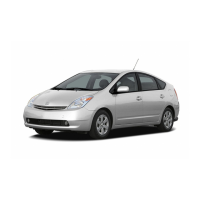
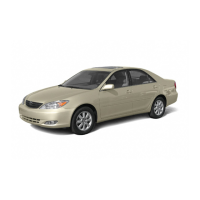
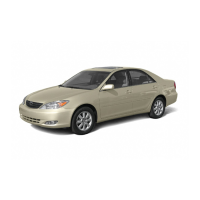

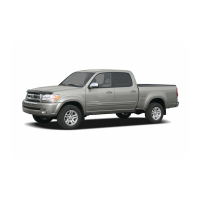

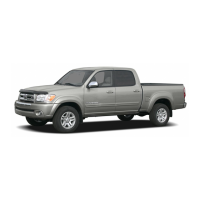


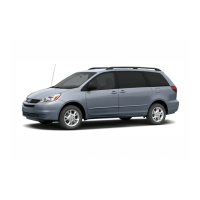
